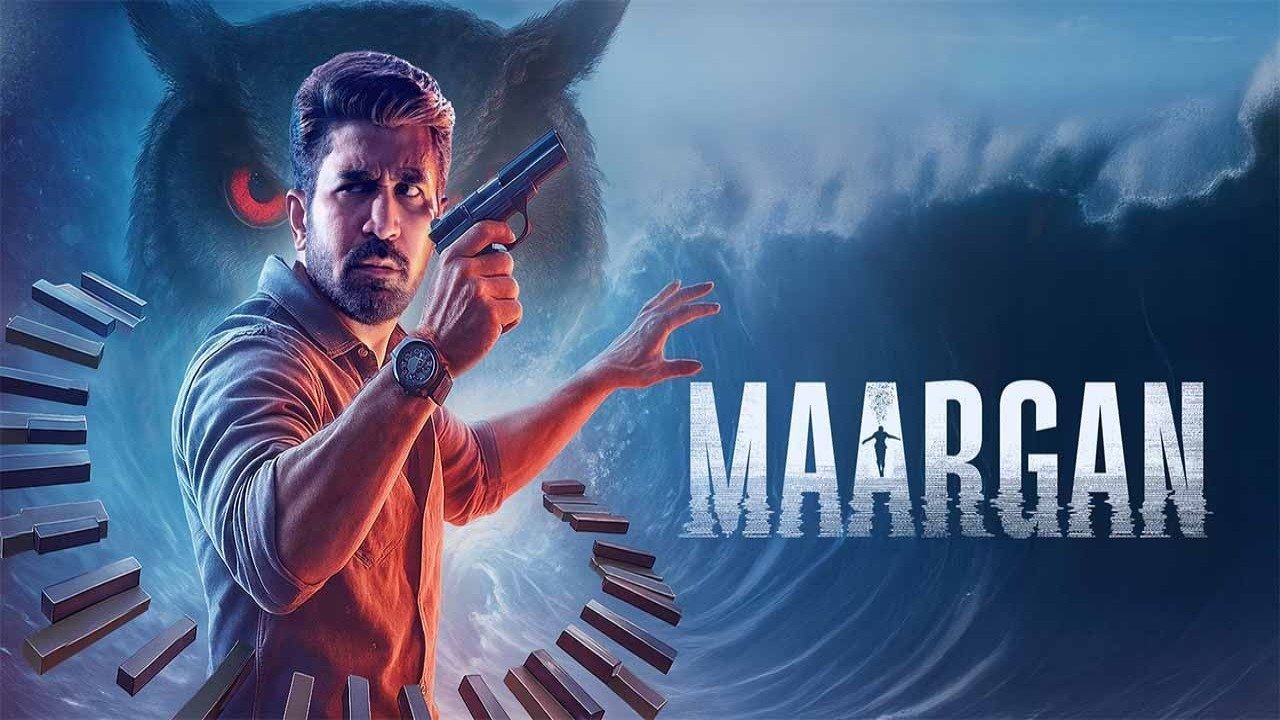Maargan: When the Core Message Is Just an Afterthought and Waste
The crime-suspense drama Maargan, starring Vijay Antony, has arrived in theatres and now on Prime Video aiming to keep audiences hooked till the end.
Plot overview
Hyderabad is shaken by a series of brutal killings, putting the city’s law enforcement on high alert. To solve the mystery, senior officer Dhruva (Vijay Antony) is assigned to lead the investigation. Early leads point towards Aravind (Ajay Dhishan) as the possible culprit. But as Dhruva digs deeper, the trail unravels unexpected twists and buried secrets. Who truly committed the murders? What drives the killer’s actions? The answers are gradually revealed as the case reaches its climax.
Following the “Maargan” Deep
The movie has three different narrative “templates”: a serial killer track, a superfiction track, and a thread about colourism. Unfortunately, the main message Maargan aims to project is heavily undermined and minimised.
The film concludes on the theme of discrimination based on skin colour—how society collectively failed to eradicate colourism, and in some ways, even encouraged it. It attempts to show how being wronged can turn someone into a destroyer.
However, instead of directly addressing this core concept—either through subplots involving other characters or by showing the struggles of people who faced colourism so as to make it engaging—the film ignores it for nearly 80% of its runtime. The theme only appears in the last 20 minutes, focusing on the suffering of a single woman who seeks revenge.
Maargan becomes a textbook example of how to misuse a burning social issue in a shallow, ineffective way, attempting to extract emotion from the audience without earning it. Shouldn’t a movie be able to grab attention without resorting to such token gestures?
Using three unrelated templates to arrive at a disconnected conclusion is an open door to failure. If these three storylines had been developed into separate screenplays with their respective themes as the central focus, they might have worked as three beautiful movies.
The superfiction strand, in particular, was left unexplained to the point of incoherence. Had the filmmakers given it a stronger foundation and fleshed out how it operates, it could have been compelling. But as it stands, all three narrative threads lack the emotional depth and conviction necessary to make the audience believe in the story or experience a gripping thriller.













